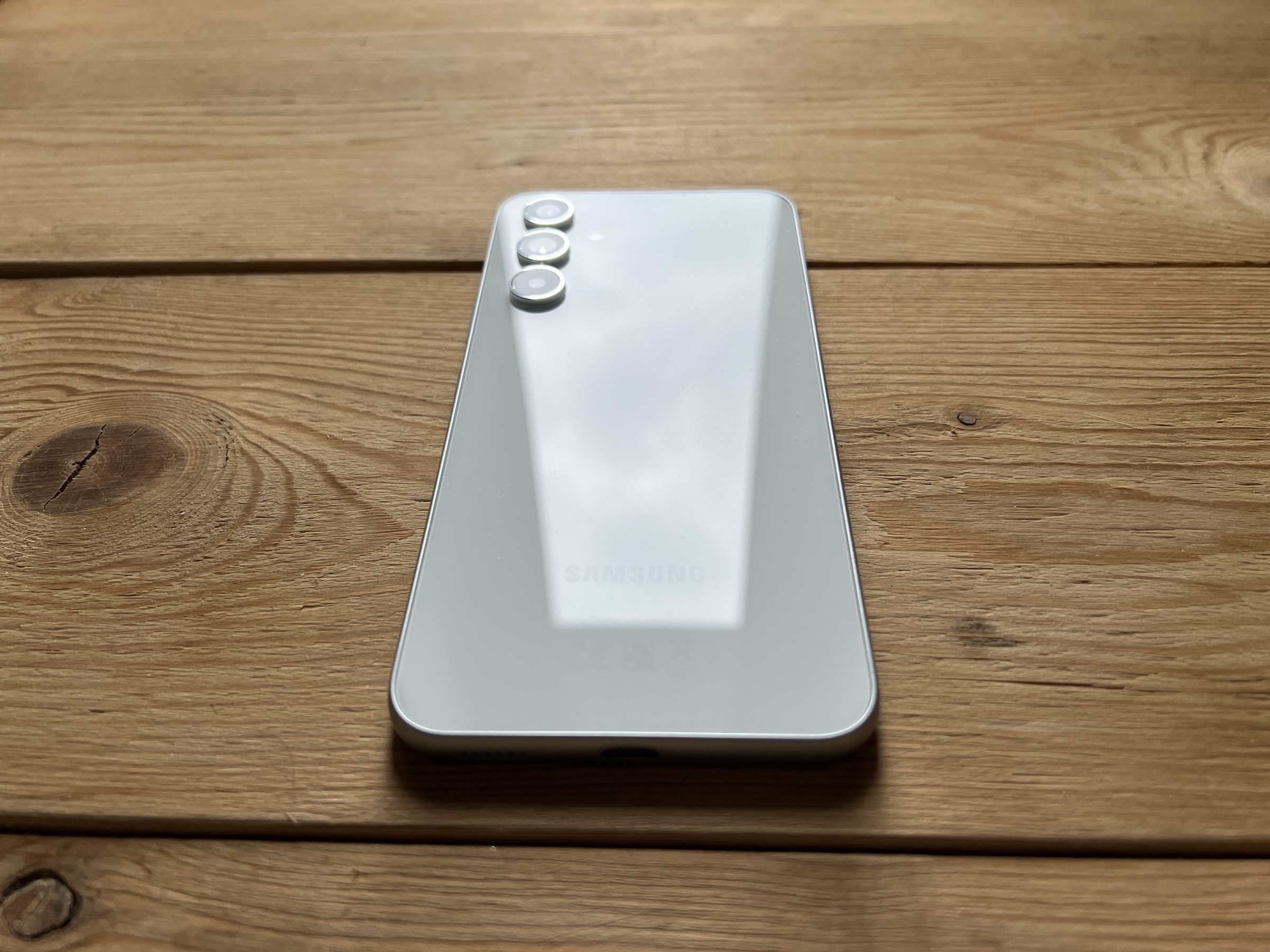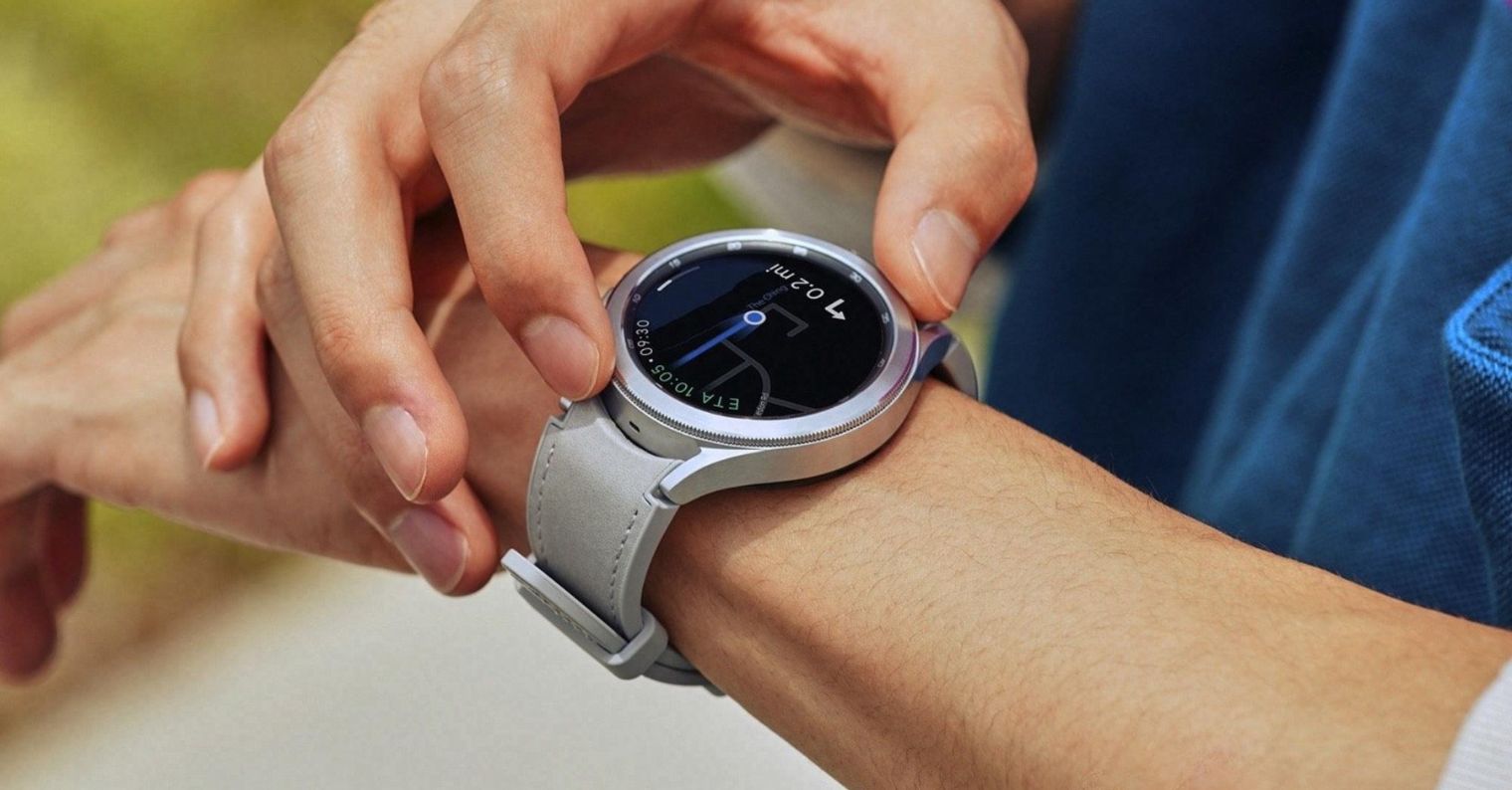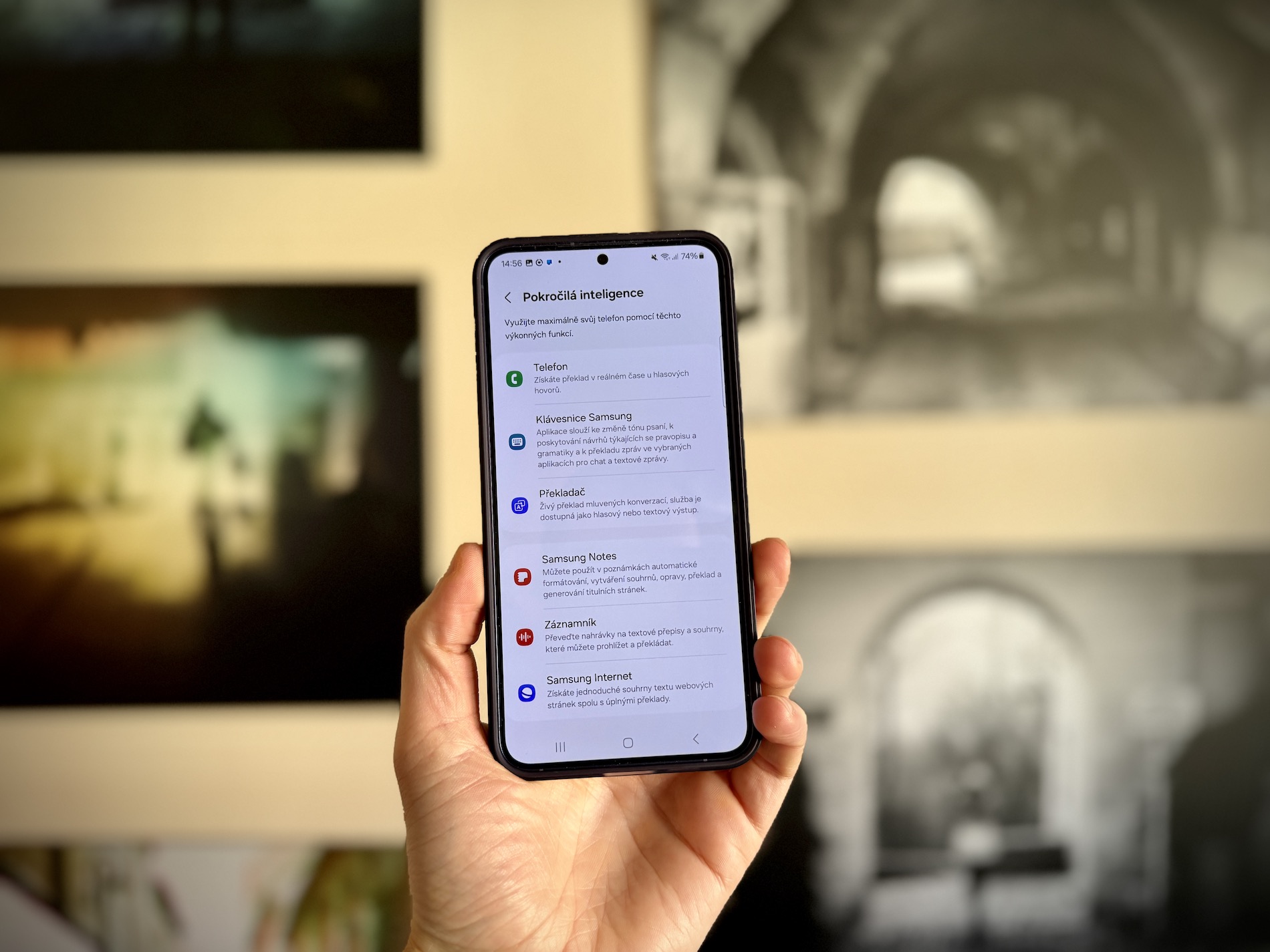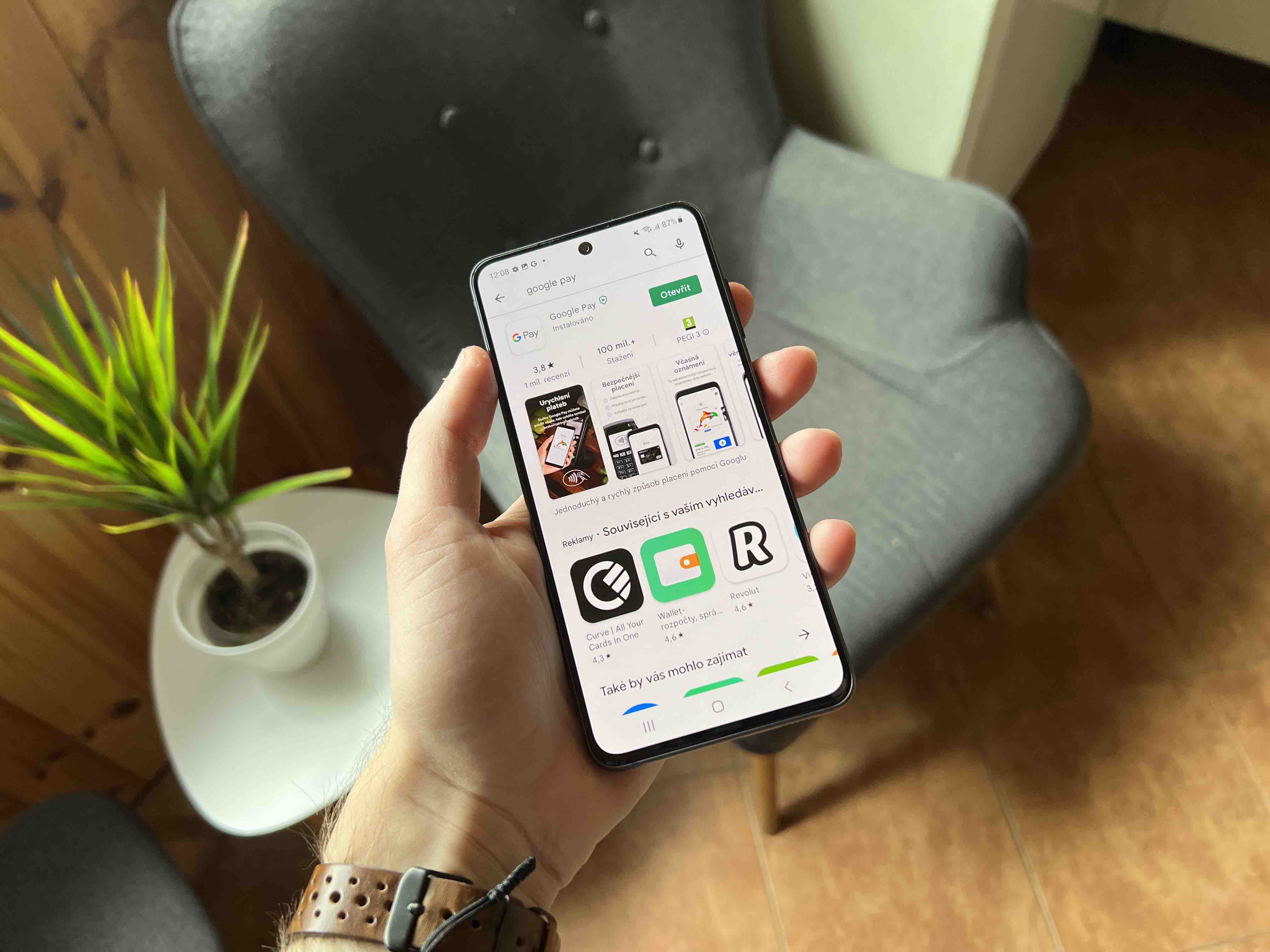![]() If you have been following our website for a long time, then you know that Samsung Galaxy The Note 4 will offer a UV sensor as a new addition to S Health, which has the task of measuring solar radiation and based on it will alert users whether or not they are in danger. But now we have learned how exactly the sensor will work and what its software interface will actually offer users. If you plan to buy Galaxy Note 4 and want to know now what to expect from its new feature, then definitely read on.
If you have been following our website for a long time, then you know that Samsung Galaxy The Note 4 will offer a UV sensor as a new addition to S Health, which has the task of measuring solar radiation and based on it will alert users whether or not they are in danger. But now we have learned how exactly the sensor will work and what its software interface will actually offer users. If you plan to buy Galaxy Note 4 and want to know now what to expect from its new feature, then definitely read on.
The functionality of the sensor will be directly linked to the S Health application, which debuted last year with Galaxy S4, but at that time it was so complex that users practically did not use it at all. But he brought a big change Galaxy Note 3 and later Galaxy S5, where the application is simpler and especially clear. The UV sensor will thus have its own menu in the new S Health application, just like the pulse measurement or pedometer now has. But how will it work?
For the phone to start measuring UV, users will need to tilt the sensor 60 degrees towards the sun. Based on the captured data, the application then evaluates the state of radiation and classifies it in one of the five UV Index categories – Low, Moderate, High, Very High and Extreme. Next to the UV radiation level, a description of the given condition is also displayed on the screen.
UV Index 0-2 (Low)
- Little to no danger to the average person
- It is recommended to wear sunglasses
- For minor burns, cover up and use a cream with a protection factor of 30 or higher
- It is recommended to avoid bright surfaces such as sand, water and snow as they reflect UV and increase the risk
UV Index 3-5 (Moderate)
- Mild danger
- In strong sunlight, it is recommended to stay in the shade
- It is recommended to wear sunglasses with a UV filter and a hat
- It is recommended to apply a cream with a protection factor of 30 or higher every two hours, even on cloudy days, after swimming or when sweating
- It is recommended to avoid bright surfaces
UV Index 6-7 (High)
- High danger - it is necessary to protect against skin burns and eye damage
- It is recommended to spend less time in the sun between 10 am and 16 pm
- It is recommended to seek shade, wear sunglasses with a UV filter and a hat
- It is recommended to apply a cream with a protection factor of 30 or higher every two hours, even on cloudy days, after swimming or when sweating
- It is recommended to avoid bright surfaces
UV Index 8-10 (Very High)
- Very high danger - you need to protect yourself, as it can burn the skin very quickly and damage the eyesight
- It is recommended to go out at least between 10 a.m. and 16 p.m
- It is recommended to seek shade, wear sunglasses with a UV filter and a hat
- It is recommended to apply a cream with a protection factor of 30 or higher every two hours, even on cloudy days, after swimming or when sweating
- It is recommended to avoid bright surfaces
UV Index 11+ (Extreme)
- Extreme risk – unprotected skin can burn within a few minutes and vision damage can also occur very quickly
- It is recommended to avoid the sun between 10 am and 16 pm
- It is recommended to seek shade, wear sunglasses with a UV filter and a hat
- It is recommended to apply a cream with a protection factor of 30 or higher every two hours, even on cloudy days, after swimming or when sweating
- It is recommended to avoid bright surfaces
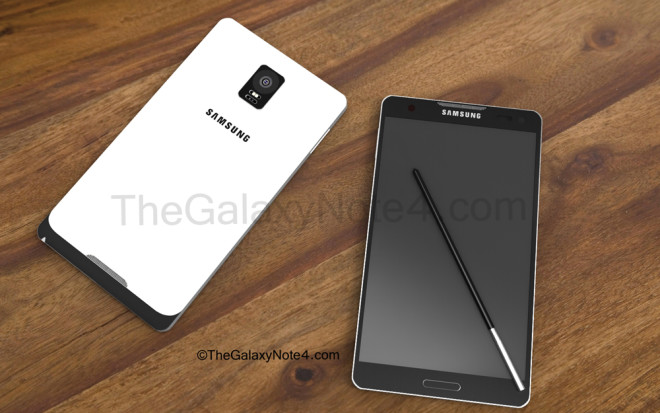
*Source: Sammobile
